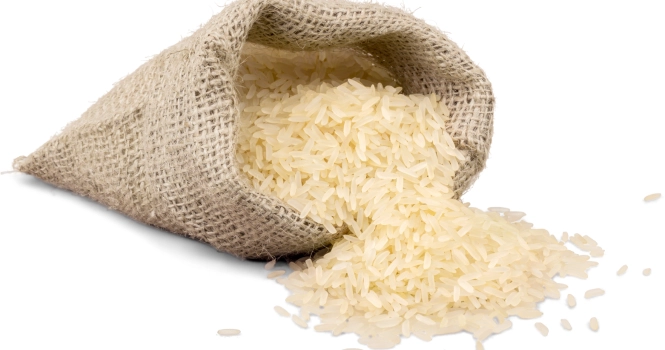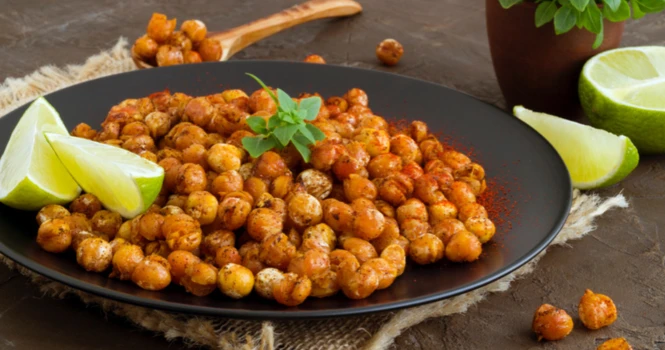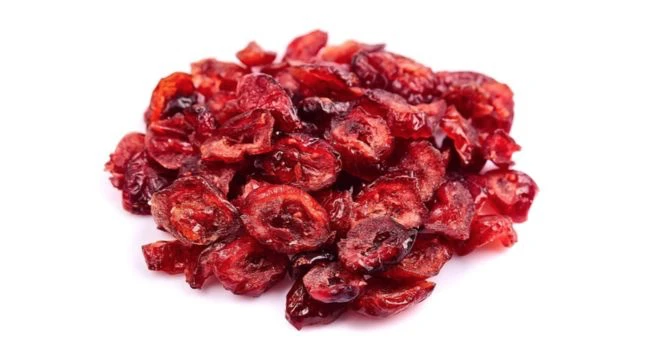Understanding Sonamasuri Rice: A Guide to Its Health Benefits and Uses

Sonamasuri rice, a name that resonates with the culinary traditions of India, is a premium variety of Indian white rice that is widely consumed across the country and beyond.
Known for its versatility, nutritional value, and distinct texture, Sonamasuri rice has become a staple in many households.
Understanding Sona Masuri Rice
Sonamasuri rice is a medium-grain rice that is a hybrid of two rice varieties: Sona and Masuri. It combines the best attributes of both, resulting in a rice that is both nutritious and flavorful.
It is predominantly grown in the Indian states of Andhra Pradesh, Telangana, and Karnataka, where the climatic conditions favor its cultivation.
Characteristics
- Texture and Aroma: It is characterized by its fluffy and slightly starchy texture when cooked, making it a versatile ingredient in various dishes. It has a mild aroma that complements a wide range of cuisines.
- Grain Size: The grains are medium-sized, neither too long like Basmati rice nor too short. This medium size contributes to its unique texture and mouthfeel.
- Color: It is available in both white and brown varieties, with the brown variant being the whole grain version that retains the bran layer, offering added nutritional benefits.
Nutritional Benefits
Sonamasuri rice, particularly the brown variant, is packed with nutritional value that makes it a healthy addition to any diet:
- Rich in Fiber: The brown Sonamasuri rice is high in dietary fiber, which aids in digestion and promotes a feeling of fullness, contributing to weight management.
- Low Glycemic Index: It has a lower glycemic index compared to other white rice varieties, making it a better option for people with diabetes, as it helps in maintaining stable blood sugar levels.
- Vitamins and Minerals: Sonamasuri rice is a good source of vitamins such as niacin and thiamine, as well as minerals like iron and potassium, which are essential for maintaining good health.
Culinary Uses
Sonamasuri rice’s non-sticky texture and neutral flavor make it incredibly versatile in cooking:
- Steamed Rice: It is commonly used to prepare plain steamed rice, serving as a perfect accompaniment to curries, dal, and other gravies.
- Rice-Based Dishes: Its ability to absorb flavors well makes it suitable for a variety of rice-based dishes, including biryanis, pulavs, and fried rice.
- South Indian Specialties: Sonamasuri rice is also used in the preparation of South Indian specialties like lemon rice, tamarind rice, and curd rice.
Choosing and Cooking Sona Masuri Rice
When selecting Sonamasuri rice, opt for old rice over new rice if you like the grains to remain separate and also choose the one which suits your dietary preferences and the dish you plan to prepare.
The brown variety, being whole grain, requires more water and a slightly longer cooking time than the white variant. A general cooking ratio is 1 part rice to 2 parts water, adjusted as needed for desired softness and the cooking time defers on the altitude too.
Sonamasuri rice, with its distinctive texture, mild aroma, and healthful properties, has cemented its place as a favored choice among rice varieties.
Whether you opt for the white or brown version, incorporating Sonamasuri rice into your diet offers both nutritional benefits and culinary versatility. Its suitability for a wide range of dishes, from simple steamed rice to elaborate biryanis, makes Sonamasuri rice a staple grain that celebrates the rich diversity of Indian cuisine.












